engine mounted oil pressure gauge
The oil pressure gauge circuit consists of a battery, an ignition switch, an oil pressure gauge, and an oil pressure gauge sensor. There are three types of oil pressure gauges: bimetal oil pressure gauge (with bimetallic sensor), electromagnetic oil pressure gauge (with variable resistance sensor) and moving magnet oil pressure gauge (with variable resistance sensor). The most widespread is the electric oil pressure gauge.
1. Electric heating oil pressure gauge Electric heating oil pressure gauge is also known as bimetallic oil pressure gauge.
(1) The electric heating oil pressure gauge is equipped with a bimetallic sheet 11 on which a heating coil is wound. Both ends of the coil are connected to the oil pressure gauge terminals 9 and 14 respectively, and the oil pressure gauge terminal 9 is connected to the oil pressure sensor, the oil pressure gauge terminal 14 is connected to the power supply through the ignition switch. One end of the bimetal 11 is bent into a hook shape and fastened to the pointer 12.
(2) Diaphragm 2 is installed inside the engine mooring pressure sensor. The lower chamber of diaphragm 2 is connected with the main lubricating oil passage of the engine.
The oil pressure of the engine directly acts on the diaphragm 2, and the spring plate 3 is pressed on the top of the diaphragm 2. One end of the spring plate 3 is fixed with the shell and grounded, and the other end is welded with a contact, and the bimetallic plate 4 is wound around it. To deheat the coil, one end of the coil is welded to the contact of the bimetal sheet 4, and the other end is welded to the contact sheet 6.
In order to make the indicated value of the oil pressure gauge not affected by the change of the external temperature, the bimetallic sheet is made into a "П shape", one of which is a working arm, with a heating coil, and the other is a compensation arm. When the external temperature changes, the working arm and the compensation arm deform at the same time, and the bending directions are opposite, so the additional deformation of the working arm is compensated by the corresponding deformation of the compensation arm, which reduces the error. When installing in this way, pay attention to the direction. The arrow (installation mark) of the oil pressure sensor is upward to ensure that the working arm is located above the compensation arm, so as to avoid the influence of the rising hot air generated by the working arm on the compensation arm.
 English
English 
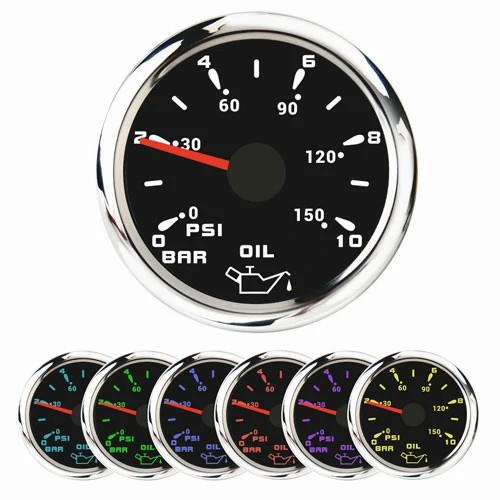
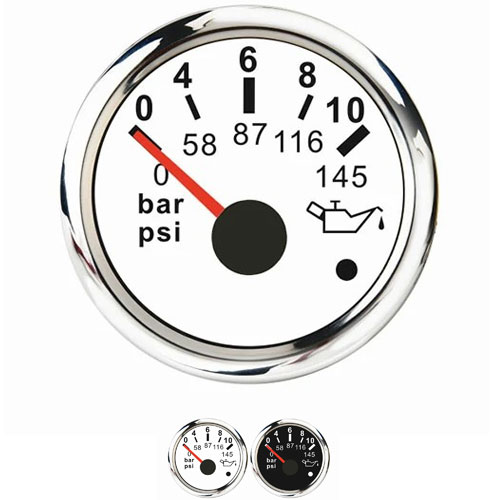
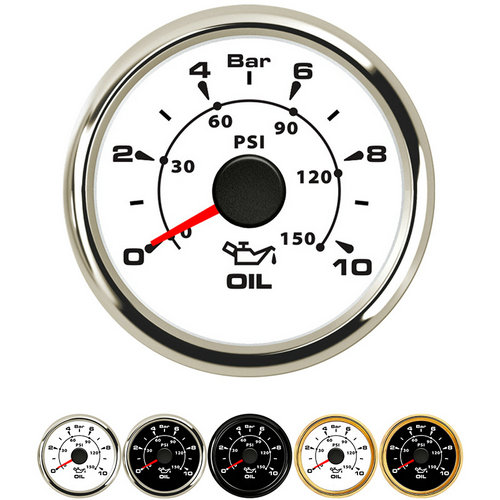

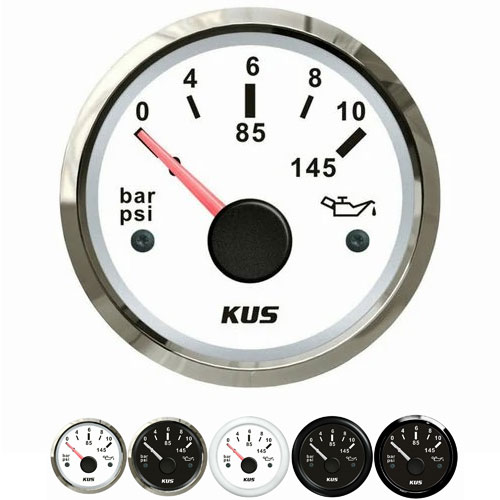
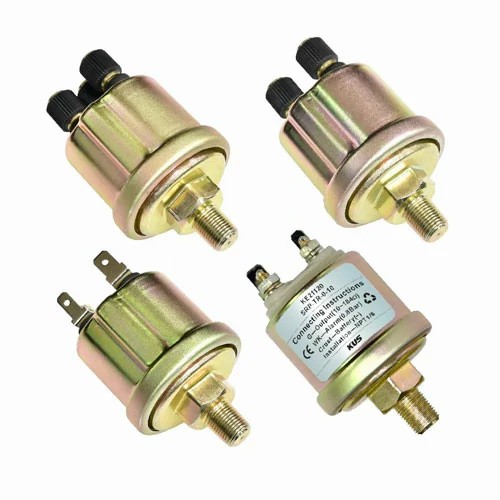
Get a Quote / Info